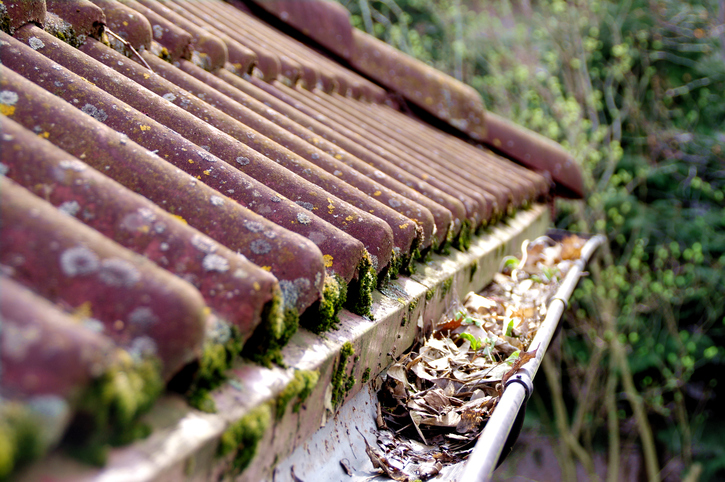Owning a heritage or listed building is like holding a piece of history in your hands. These structures are full of charm and character, each telling a story of the past. However, as enchanting as they are, they come with their own unique set of challenges—especially when it comes to maintenance. One of the most significant issues owners face is the need to replace the roof. So, what should you consider when it’s time to tackle this project?
Understanding Heritage and Listed Building Regulations
First things first, let’s clarify what we mean by a heritage or listed building. In simple terms, these buildings are recognised for their historical or architectural significance. Whether it’s an old farmhouse, a Victorian terrace, or a medieval manor, they all have one thing in common: they’re protected by law. This means that any alterations, particularly roofing changes, come with a set of regulations you must follow.
Planning permission and listed building consent are essential. You can’t just whip out the tools and start ripping off slates. You’ll need to demonstrate that your planned changes won’t compromise the building’s historical integrity. So, before you pick up that hammer, check in with your local council to understand what’s required. It’s always better to be safe than sorry, right?
Why Roof Replacement Might Be Necessary
Now, let’s talk about why you might find yourself needing a new roof. Over time, wear and tear can take its toll. Common culprits include leaks, missing tiles, and structural damage. The last thing you want is a damp ceiling or, worse, a collapsing roof. Beyond the practicalities, a roof that’s seen better days can detract from the building’s aesthetic appeal. After all, a heritage property deserves to look its best!
And let’s not forget about those charming original features that make your building special. A new roof not only protects those features but also enhances the overall appearance, ensuring it remains a delight for both you and anyone who passes by.
Choosing the Right Materials
When it comes to replacing the roof, choosing the right materials is crucial. You want to maintain the building’s character while ensuring it’s structurally sound. For many heritage roofs, materials like slate, traditional tiles, or even thatch might be appropriate. Each material not only has its own look but also its own history and charm.
Sourcing these materials can sometimes be a challenge, but it’s worth the effort. You might even discover some fascinating local suppliers who can help you find just the right fit for your roof. Make sure to look for options that comply with heritage regulations. You’ll not only help preserve the building’s look, but you’ll also honour its history. And remember, taking the time to choose the right materials will pay off in the long run!
Working with Professionals
You might be handy with a toolbox, but when it comes to heritage buildings, it’s best to enlist professionals. Working with specialists who understand the intricacies of these structures can save you a lot of headaches down the line. Architects and surveyors experienced in heritage work can guide you through the process, ensuring you meet all regulations and maintain the building’s integrity.
And let’s not forget about contractors. When selecting one, look for someone who has a proven track record with similar projects. Local expertise can be invaluable, as they’ll be familiar with both the building styles and the regulations specific to your area. So, don’t hesitate to ask for recommendations from fellow heritage building owners!
The Process of Roof Replacement
So, what does the roof replacement process actually look like? Here’s a quick rundown of the typical steps involved:
- Initial Assessment and Consultation: This is where you’ll discuss your concerns and ideas with your chosen professionals. They’ll inspect the roof and provide recommendations.
- Securing Necessary Permissions: Before any work begins, ensure you have all required permissions in place. This might involve submitting plans to your local council.
- Removal of the Old Roof: Once all the paperwork is sorted, the old roof can come off. This is often the most disruptive phase, so be prepared for some noise!
- Installation of the New Roof: With the old roof removed, the new materials can be put in place. This is where you’ll see your vision come to life.
- Final Inspections and Approvals: After installation, final inspections are necessary to ensure everything meets regulations. It’s a crucial step that shouldn’t be overlooked.
Navigating Challenges and Costs
Of course, every project has its challenges. Unexpected structural issues can crop up, or delays in securing permissions might push timelines back. And then there’s the budget—always a crucial consideration. Be prepared for hidden costs that might arise, such as scaffolding or additional repairs.
Planning ahead can help mitigate some of these challenges. Having a detailed budget and timeline will keep your project on track and within budget. Remember, it’s better to overestimate your costs than to underestimate them—nobody wants to be left in a lurch!
Conclusion
In conclusion, while replacing the roof on your heritage or listed building may seem daunting, it’s also an opportunity to preserve a piece of history for future generations. By understanding the regulations, choosing the right materials, and working with knowledgeable professionals, you can ensure your beloved property remains a proud testament to its past.
You know what? There’s something incredibly satisfying about maintaining a heritage property—each improvement adds another chapter to its story. Embrace the journey, and your efforts will be well worth it. After all, a well-cared-for heritage building isn’t just a structure; it’s a living piece of history.
